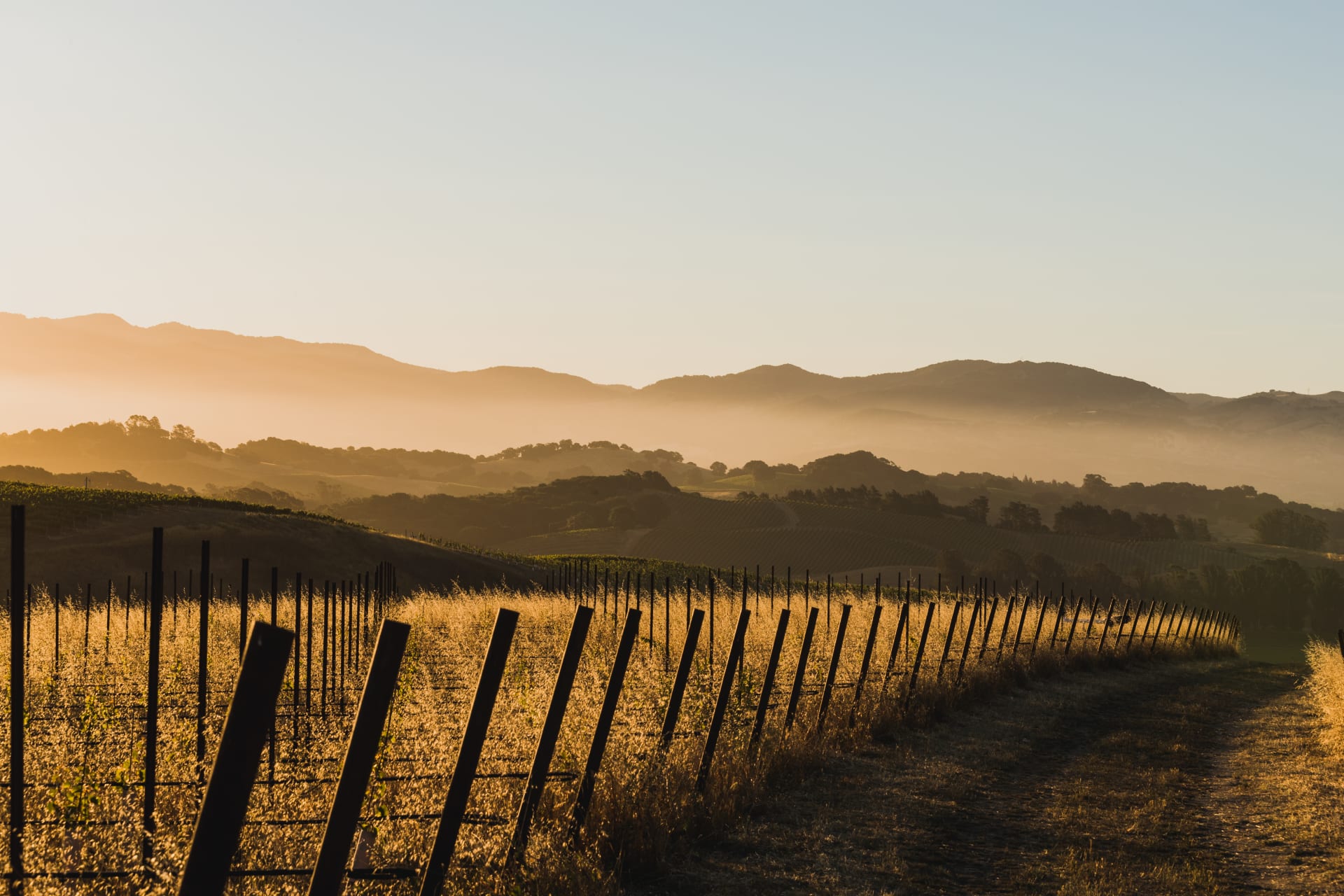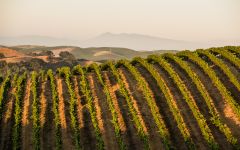Artesa Napa Valley Cabernet Sauvignon 2002


Product Details
Your Rating
Somm Note
Winemaker Notes
Our grape sources are from four vineyards in four distinct growing areas that span the Napa Valley: Atlas Peak, Howell Mountain, Lovall Valley, and Calistoga. They offer great diversity - from the high altitude intensity of our granite grown Atlas Peak vineyard to the red volcanic soils of Howell Mountain, to the gravelly soils of our warm Calistoga site, to the clay-loam soils of the cooler climate in Lovall Valley (a small elevated valley at the base of Mount Veeder between Napa and Sonoma). Our winemaker and viticulturalist visited each vineyard multiple times to monitor the critical interplay of vine and viticulture. Each block was picked under the direction of the winemaker to insure optimal ripeness and flavor.
Other Vintages
1999-
Wine
Spectator
-
Wine
Enthusiast
-
Wine
Spectator








Artesa (ahr TESS uh) means "craftsman" and connotes "handcrafted" in Catalan, language of Barcelona and their owner, Group Raventós-Codorníu –Spain's oldest winemaking family, one of the world's oldest wineries, owner of 14 wineries and exporting to over 100 countries–.
In 1991 , this family ventured to a new world: a sea-facing hillside in the Napa Valley, with rocky soils and a favorable coastal climate. Artesa's architecturally-acclaimed facility opened then, named as Codorniu Napa, and dedicated solely to méthode champenoise sparkling wine production.
The arrival of a world-class winemaker and a $10 million conversión shifted their focus dramatically in 1997. The winery reopened in 1999 with the inaugural release of ultra-premium, estate grown, artesan still wines.
While Artesa is a relative newcomer to Napa, it has received a rich heritage of five centuries of history with 15 generations of a remarkable winemaking family, which are put now at the service of their mission: crafting distinctive wines and sharing them with joy.

One of the most prestigious wines of the world capable of great power and grace, Napa Valley Cabernet is a leading force in the world of fine, famous, collectible red wine. Today the Napa Valley and Cabernet Sauvignon are so intrinsically linked that it is difficult to discuss one without the other. But it wasn’t until the 1970s that this marriage came to light; sudden international recognition rained upon Napa with the victory of the Stag’s Leap Wine Cellars 1973 Cabernet Sauvignon in the 1976 Judgement of Paris.
Cabernet Sauvignon undoubtedly dominates Napa Valley today, covering half of the land under vine, commanding the highest prices per ton and earning the most critical acclaim. Cabernet Sauvignon’s structure, acidity, capacity to thrive in multiple environs and ability to express nuances of vintage make it perfect for Napa Valley where incredible soil and geographical diversity are found and the climate is perfect for grape growing. Within the Napa Valley lie many smaller sub-AVAs that express specific characteristics based on situation, slope and soil—as a perfect example, Rutherford’s famous dust or Stags Leap District's tart cherry flavors.
